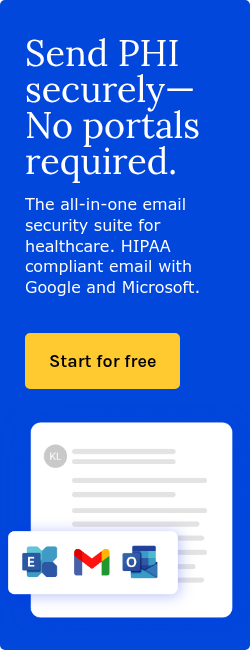
Hypervisors are like managers for virtual computers. These virtual computers, called VMs, are copies of real computers that run on one physical machine. The hypervisor sits between the real hardware and the VMs, letting multiple operating systems run at the same time and share the machine's resources.
HITInfrastructure states, “Hypervisors allow organizations to implement virtual desktop infrastructure (VDI) solutions. VDI environments give IT administrators more control over virtual desktops and let clinicians quickly and easily login to their personal desktop from anywhere.” Furthermore, “Hypervisors can also offer increased security for PHI and clinical data.”
Understanding hypervisors
Before hypervisors, computers could only handle one operating system at a time. This was stable but wasted resources. Hypervisors changed this by letting multiple operating systems (OS) run at once without causing problems. So, if one crashes, the others keep going.
This running of multiple operating systems is called virtualization, and each "virtual computer" is a virtual machine (VM). VMs act like real computers but are actually software, making better use of the computer's power.
Read also: What is a virtual machine?
Characteristics of hypervisors
When choosing a hypervisor solution, there are several characteristics to consider. Let's look at these factors:
Performance
Look for benchmark data demonstrating how well the hypervisor performs in a production environment. Bare-metal hypervisors should ideally support guest OS performance close to native speeds, ensuring optimal efficiency and responsiveness.
Ecosystem
Implementing and managing hypervisors across multiple physical servers at scale requires good documentation and technical support. Look for a vendor with third-party developers who can provide additional support through their own agents and plugins. These community offerings can enhance capabilities such as backup and restore, capacity analysis, and fail-over management.
Management Tools
Running VMs is only one aspect of hypervisor management. Provisioning, maintenance, auditing, and cleaning up disused VMs are equally important tasks. Ensure that the vendor or third-party community provides management tools that support the hypervisor architecture and streamline these processes.
Live Migration
Live migration enables the movement of VMs between hypervisors on different physical machines without interrupting their operation. This feature is useful for fail-over scenarios and workload balancing, allowing for seamless resource allocation and maximizing system availability.
Cost
Consider the cost and fee structure involved in licensing a hypervisor technology. While the price of the hypervisor itself is important, also consider the cost of the management software required to support enterprise environments. Additionally, examine the vendor's licensing structure, as it may vary depending on whether the hypervisor is deployed in the cloud or locally.
Related: A guide to HIPAA and cloud computing
In the news
As the COVID-19 pandemic surged in early March 2020, Sentara Healthcare, based in Norfolk, Va., demonstrated exceptional foresight and readiness to enable nonessential staff to seamlessly transition to remote work. Having already explored remote work possibilities earlier in the year, Sentara used virtualization tools like Windows Virtual Desktop and VMware vSAN hosted in Microsoft Azure and Microsoft 365. This strategic approach allowed their more than 30,000 employees across 12 hospitals and 200+ outpatient sites in Virginia and North Carolina to swiftly adapt to remote work conditions, ensuring uninterrupted access to systems like medical records and telehealth services.
Similarly, Legacy Health in Portland, Ore., and Delaware Valley Community Health in southeastern Pennsylvania also capitalized on virtualization solutions like Citrix and Nutanix AHV, respectively, to rapidly mobilize remote workforces during the crisis. This proactive adoption of virtualization ensured business continuity during the pandemic and laid the foundation for a future where telework and telehealth will continue to play a major role in healthcare delivery.
FAQs
Does HIPAA compliance apply to hypervisors?
Hypervisors themselves are not directly subject to HIPAA compliance. However, if a hypervisor is used to host virtual machines that handle protected health information (PHI), the underlying infrastructure, including the hypervisor, must meet HIPAA security requirements.
Do I need consent to use hypervisors?
Consent is not specifically required for the use of hypervisors. However, organizations must ensure that any data processed within virtual machines complies with applicable data protection and privacy laws, which may require obtaining consent depending on the jurisdiction and the nature of the data.
What can I use hypervisors for?
Hypervisors have various applications, including server virtualization, desktop virtualization, software development, testing, and sandboxing environments. They provide the flexibility to run multiple operating systems simultaneously on a single physical machine, facilitating efficient resource allocation and system management.
Learn more: HIPAA Compliant Email: The Definitive Guide
Subscribe to Paubox Weekly
Every Friday we'll bring you the most important news from Paubox. Our aim is to make you smarter, faster.




